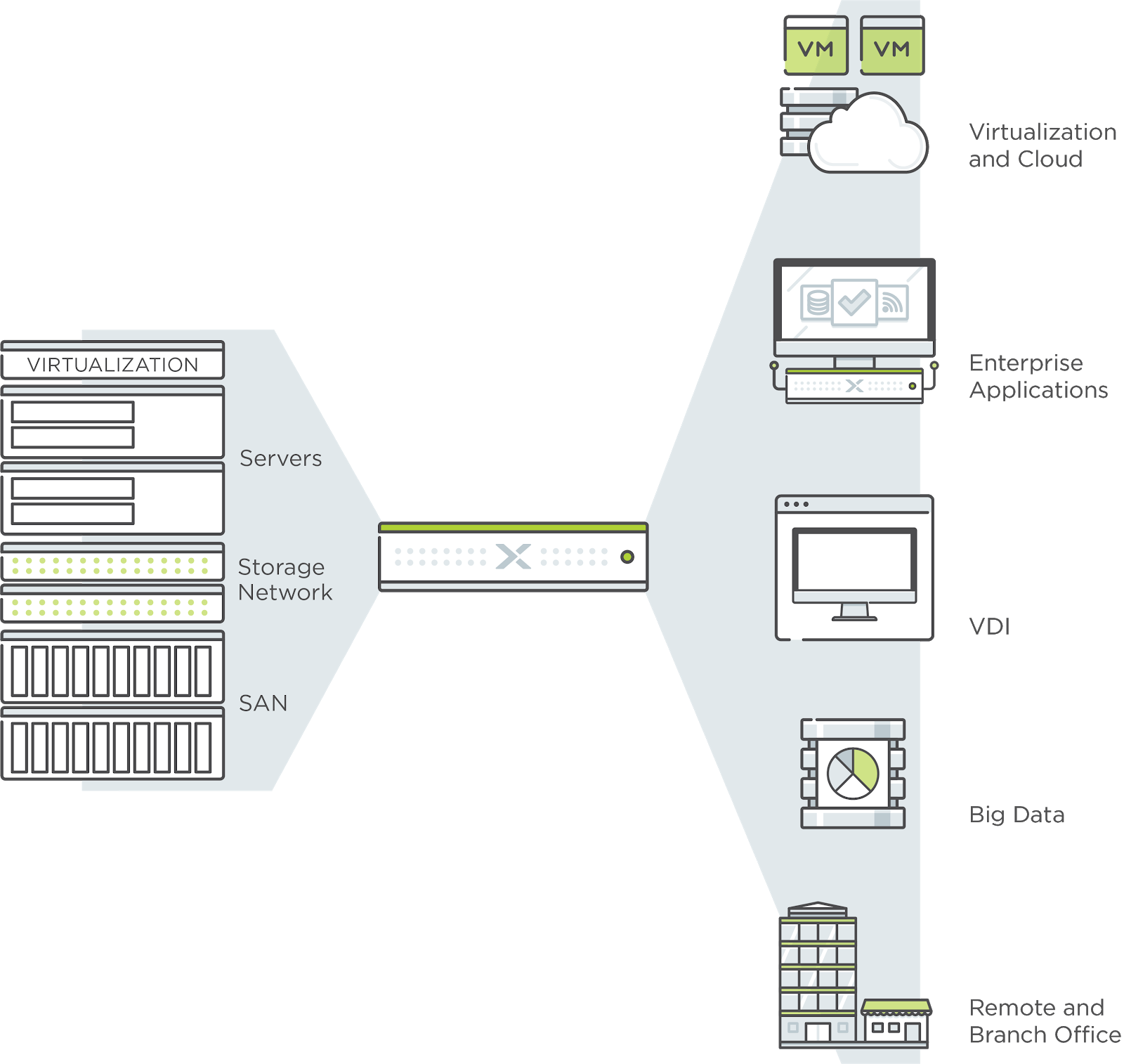Unlocking IT Agility: Key Trends in the Hyper-converged Infrastructure Market
Unlocking IT Agility: Key Trends in the Hyper-converged Infrastructure Market
Blog Article
In the rapidly evolving digital landscape, businesses are constantly searching for ways to improve agility, scalability, and cost-efficiency within their IT environments. The hyper-converged infrastructure market has emerged as a transformative force addressing these needs by offering a unified solution that integrates compute, storage, and networking into a single system. This convergence eliminates traditional data center silos and simplifies management, thereby fueling adoption across industries.

Hyper-converged infrastructure (HCI) streamlines operations and enhances data center performance, making it a cornerstone of digital transformation strategies for enterprises worldwide.
What is Hyper-converged Infrastructure?
Hyper-converged infrastructure refers to a software-centric architecture that tightly integrates compute, storage, and virtualization resources into a single appliance, managed through a unified platform. Unlike traditional infrastructure, where these components are managed separately, HCI eliminates the need for discrete hardware and brings a cloud-like operational model to on-premises data centers.
HCI platforms typically leverage commodity hardware and a distributed software layer, allowing businesses to scale resources linearly and reduce operational complexities. The ability to deploy, manage, and scale workloads efficiently has positioned the hyper-converged infrastructure market as a disruptive force within IT infrastructure ecosystems.
Key Market Drivers
1. Simplified IT Management
By centralizing control of compute, storage, and networking, HCI platforms reduce the need for specialized IT staff and complex management tools. This streamlining is highly attractive for organizations seeking operational efficiency.
2. Cost Efficiency
HCI solutions lower both capital expenditures (CAPEX) and operational expenditures (OPEX) by reducing the hardware footprint, energy consumption, and maintenance costs. Organizations can also avoid overprovisioning by scaling resources incrementally.
3. Growing Adoption of Virtualization and Cloud
With virtualization becoming the backbone of modern IT, HCI’s native integration with hypervisors makes it an ideal solution for deploying virtual desktop infrastructure (VDI), private clouds, and hybrid environments.
4. Rise of Remote Work
The pandemic accelerated the need for virtualized and easily scalable infrastructure. HCI provides a reliable foundation for remote access, secure data storage, and seamless application performance.
5. Enhanced Security and Disaster Recovery
Built-in data replication, backup, and disaster recovery features make HCI systems inherently more resilient, which is crucial for industries with stringent compliance and uptime requirements.
Market Segmentation
By Component
Hardware
Software
By Organization Size
Small and Medium Enterprises (SMEs)
Large Enterprises
By Application
Remote Office/Branch Office (ROBO)
Data Center Consolidation
Backup and Disaster Recovery
Virtual Desktop Infrastructure (VDI)
By Industry
Banking, Financial Services, and Insurance (BFSI)
Healthcare
Education
Government
Manufacturing
IT and Telecom
By Deployment Mode
On-premise
Cloud
Regional Insights
North America dominates the hyper-converged infrastructure market due to early adoption of advanced IT solutions, presence of major vendors, and strong investment in digital transformation.
Europe is also witnessing strong demand, particularly in financial and healthcare sectors.
Asia-Pacific is projected to be the fastest-growing region, driven by expanding data center investments in countries like China, India, and Japan.
Latin America and the Middle East are emerging markets where cloud adoption and digitalization initiatives are expected to boost HCI deployment.
Leading Players in the Market
The hyper-converged infrastructure market is highly competitive and features both legacy IT providers and emerging cloud-native vendors. Major players include:
Nutanix
Dell Technologies (VxRail)
VMware (vSAN)
Cisco Systems
Hewlett Packard Enterprise (HPE SimpliVity)
Lenovo
Scale Computing
Huawei
Microsoft (Azure Stack HCI)
NetApp
These companies are investing heavily in R&D to enhance performance, scalability, and integration with multi-cloud ecosystems.
Key Trends in the Hyper-converged Infrastructure Market
1. Integration with Hybrid and Multi-Cloud Platforms
HCI is increasingly being used as a bridge between on-premise systems and cloud services, allowing seamless application mobility and unified management.
2. Edge Computing Enablement
The rise of IoT and real-time analytics is pushing HCI deployment to the edge, where low latency and high availability are critical. Vendors are now offering lightweight HCI appliances optimized for edge use cases.
3. AI and Automation Integration
Automation tools and AI-based workload optimization are becoming common in HCI platforms, enhancing performance and reducing human intervention in routine management tasks.
4. Subscription-based Pricing Models
The shift from CapEx to OpEx is prompting vendors to offer HCI solutions on a subscription basis, making them more accessible to smaller organizations.
5. Kubernetes and Container Support
Modern HCI platforms are beginning to support container orchestration platforms like Kubernetes, enabling deployment of cloud-native applications alongside traditional workloads.
Challenges to Overcome
Vendor Lock-in: Many HCI solutions are tightly coupled with specific hardware or software ecosystems, limiting flexibility.
Scalability Limits: Although HCI is scalable, some workloads still require traditional infrastructure due to higher performance or customization needs.
Initial Setup Costs: While long-term savings are substantial, the initial investment in HCI can be a hurdle for smaller enterprises.
Skill Gaps: Organizations may require upskilling or new talent to fully leverage the capabilities of modern HCI solutions.
Future Outlook
The hyper-converged infrastructure market is expected to experience robust growth over the next decade. As IT departments continue to embrace infrastructure as a service (IaaS), edge computing, and DevOps practices, the demand for scalable, flexible, and automated solutions will only increase. HCI is evolving beyond its initial use cases and becoming a foundational layer for next-generation data centers.
With innovations in cloud integration, AI-driven management, and container support, the future of HCI will be more open, intelligent, and distributed.
Conclusion
The hyper-converged infrastructure market is redefining how enterprises approach data center management and infrastructure deployment. By offering simplicity, agility, and cost-effectiveness, HCI empowers businesses to innovate faster while maintaining control over their IT environments. As digital transformation continues to reshape industries, hyper-converged infrastructure will remain a crucial enabler of scalable and intelligent computing solutions.
Related Trending Reports
| Cold Chain Monitoring Market |
| Industrial Control System (ICS) Security Market |
| Power Electronics Market |
| ReRAM Market |
| RF Test Equipment Market |